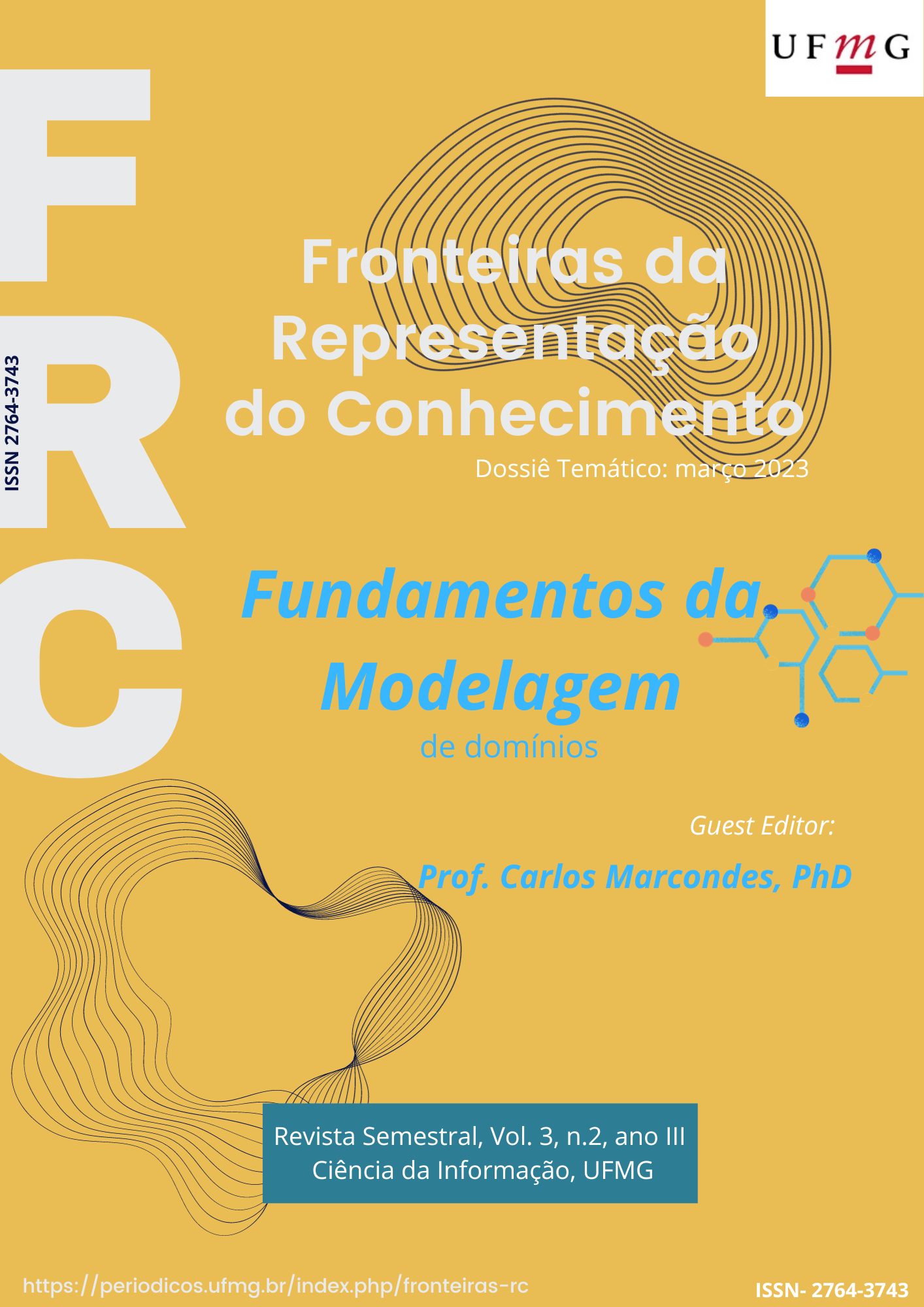Cognitive aspects in the representation of information on the web the seven areas of knowledge
Main Article Content
Abstract
Cognitive Science studies what knowledge is and how it can be represented and manipulated in its most diverse forms. The process of how the mind processes information is called Cognition and cognitive processes are the procedures we use to develop our intellectual and emotional capacities, add new knowledge and make conscious decisions from that knowledge. The internet provides access to an unrivaled volume of information at time costs that are orders of magnitude less than those required for traditional print media. From this perspective, the World Wide Web (WWW), created by Berners-Lee in 1989, is the most recent addition to a line of information processing and technologies that have a synergistic relationship with human intelligence. Therefore, the objective of this study is to verify in which areas of the Web cognition plays a fundamental role in the representation of information, and how this manifests itself. This research is characterized as exploratory and descriptive, in which a bibliographic survey was carried out to identify cognition on the web and possible relationships with other areas. It was identified that one of the main shortcomings of the Semantic Web is its lack of cognitive plausibility. The notion of representation occupies a central place in Cognitive Sciences and human communication increasingly depends on the intermediation of digital interfaces. In this way, the importance of cognition for the Web is related to seven areas of study that consider the cognitive aspects for the representation of information in the Semantic Web, namely: information processing, human-computer interaction, artificial intelligence, computation cognitive, inspired web, design models and information visualization. Note that the areas are related, as they support challenges and techniques from the area of Computing and Cognitive Sciences, as they have the common goal of understanding the mind as an information processing device.
Article Details
Section

This work is licensed under a Creative Commons Attribution 4.0 International License.
From: https://creativecommons.org/licenses/by/4.0/
You are free to:
- Share — copy and redistribute the material in any medium or format
- Adapt — remix, transform, and build upon the material
- for any purpose, even commercially.
- The licensor cannot revoke these freedoms as long as you follow the license terms.
Under the following terms:
-
Attribution — You must give appropriate credit, provide a link to the license, and indicate if changes were made. You may do so in any reasonable manner, but not in any way that suggests the licensor endorses you or your use.
- No additional restrictions — You may not apply legal terms or technological measures that legally restrict others from doing anything the license permits.
Notices:
- You do not have to comply with the license for elements of the material in the public domain or where your use is permitted by an applicable exception or limitation.
- No warranties are given. The license may not give you all of the permissions necessary for your intended use. For example, other rights such as publicity, privacy, or moral rights may limit how you use the material.

